Sales teams today are expected to do more with less—shorter sales cycles, higher buyer expectations, and more complex decision-making journeys. To stay competitive, businesses need more than just a CRM or a talented salesforce—they need the right tools to empower their teams at every stage of the sales process. That’s where sales enablement tools come in.
Sales enablement tools are purpose-built to help your sales reps sell smarter and faster by giving them quick access to training, content, analytics, and automation. Whether you’re a growing small business or a large enterprise, these tools can streamline your sales operations, increase productivity, and align your sales and marketing efforts.
In this guide, we’ll break down what sales enablement tools are, how they work, and the essential features to look for. We’ll also highlight the top tools for 2025 so you can make an informed decision on which platform best fits your business needs.
Streamline your team’s pipeline, align tasks, and close deals faster
What Are Sales Enablement Tools?
Sales enablement tools are platforms, software, or systems designed to help sales teams close more deals by giving them easy access to the right content, training, insights, and workflows—exactly when and where they need them.
These tools play a central role in aligning sales and marketing teams by creating a shared system for managing content, messaging, and buyer insights. When both teams operate from the same playbook—using unified data and approved assets—they can deliver a more consistent and personalized experience to prospects throughout the entire sales cycle.
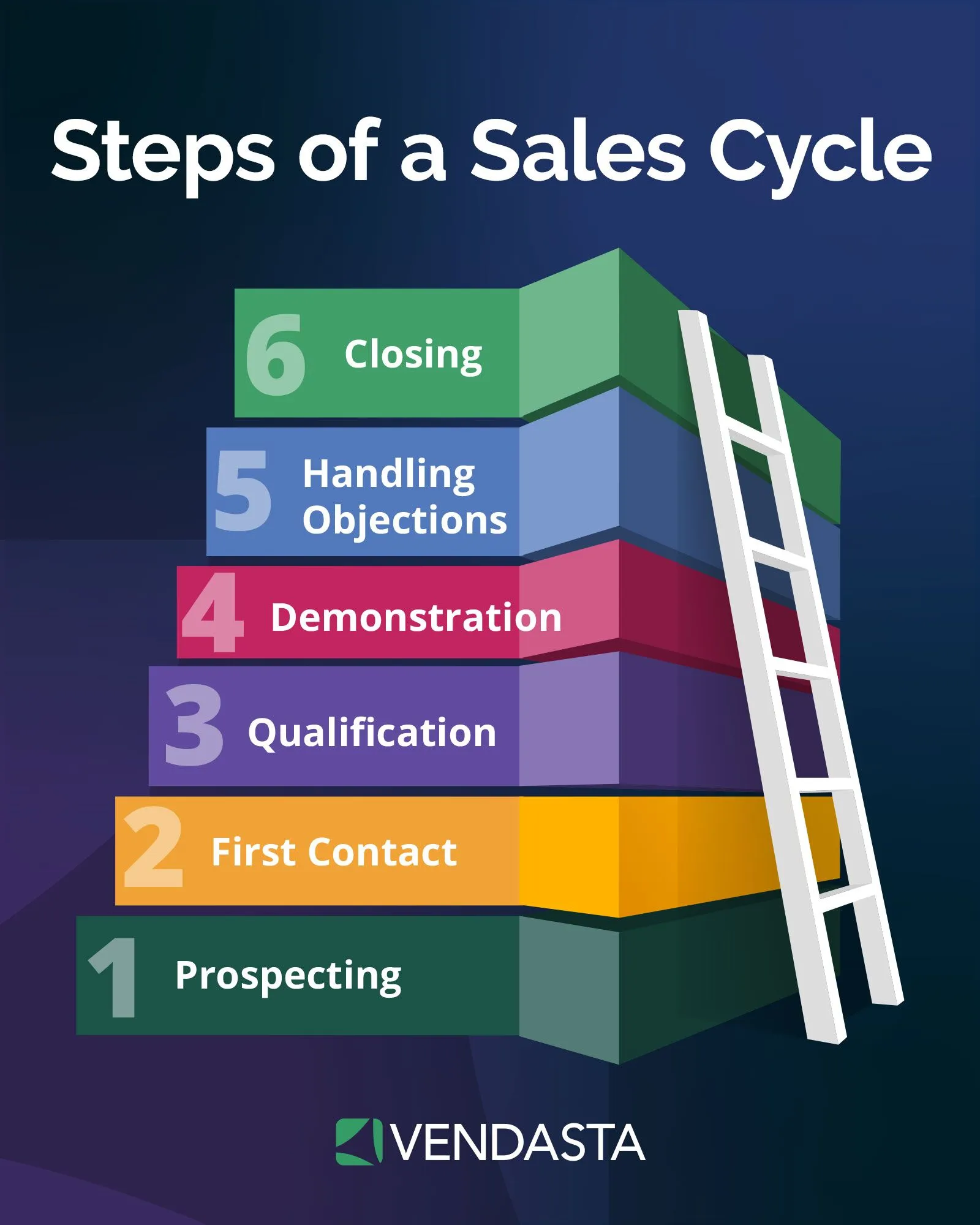
At their core, sales enablement tools serve one purpose: to make sales teams more effective. They eliminate the guesswork by equipping reps with data-driven recommendations, buyer-focused content, and structured training.
Whether your team is remote, in the field, or hybrid, the right tools can dramatically improve both efficiency and performance.
Core Functions of Sales Enablement Tools
- Sales Training and Onboarding.
Provide new reps with onboarding programs and deliver continuous training through software for employee training that keeps your team up to speed on messaging, product updates, and competitive positioning. - Content Management and Distribution.
Organize, centralize, and distribute sales collateral such as pitch decks, one-pagers, case studies, and email templates—making it easier for reps to find and share what they need, fast. - Performance Analytics.
Track rep activity, content engagement, win rates, and buyer interactions to surface actionable insights and optimize sales strategies. - Guided Selling.
Offer reps playbooks, deal checklists, and sales cadences that guide them through each step of the buying process based on proven workflows. - Conversation Intelligence.
Record, transcribe, and analyze sales calls to uncover key buyer objections, coaching opportunities, and patterns that lead to closed deals. - Sales Coaching.
Help managers deliver targeted feedback and skill development using real data from calls, emails, and deal outcomes. - Content Personalization.
Enable reps to quickly tailor content and presentations to match buyer personas, ICPs, and stages in the funnel.
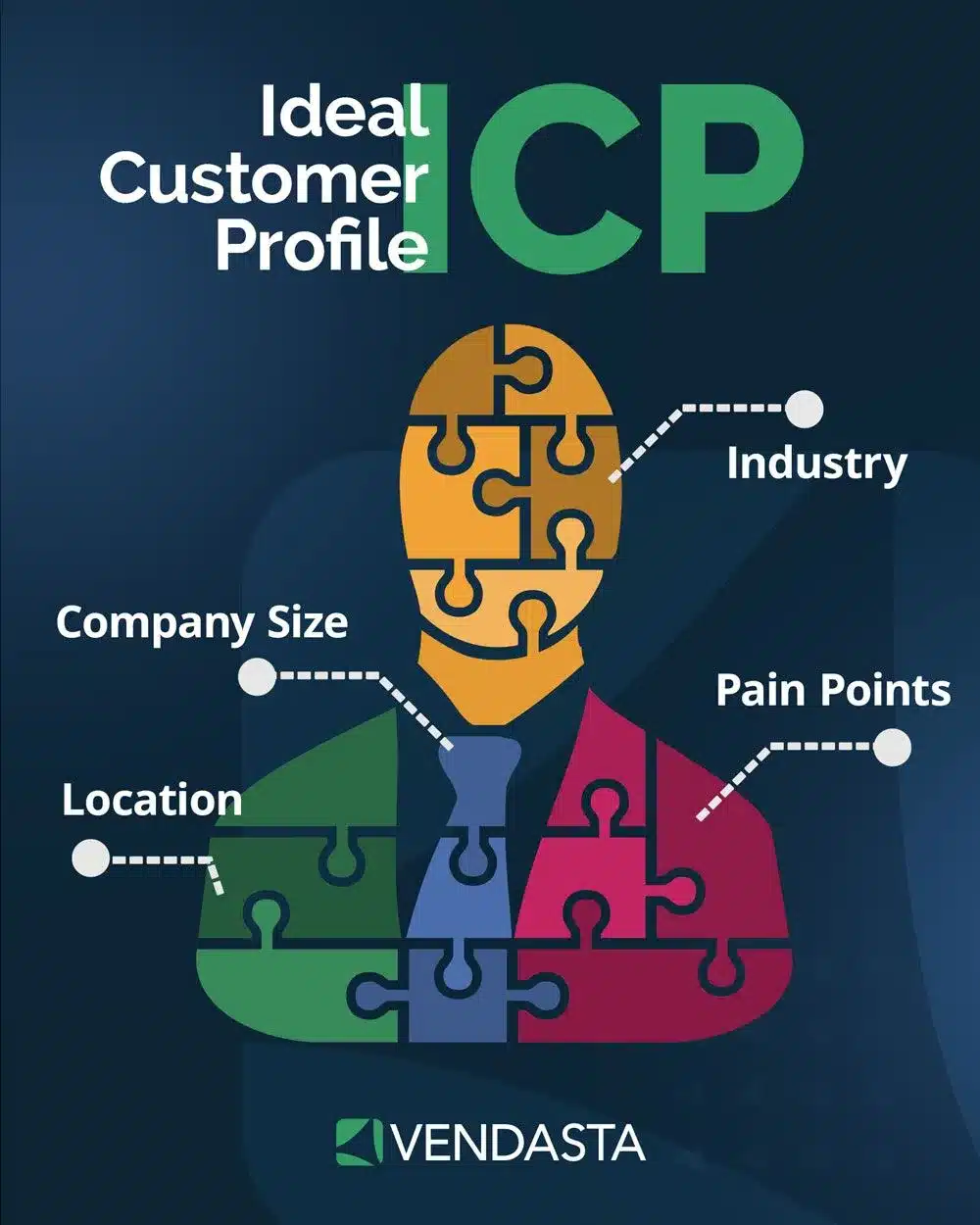
- Asset Recommendations.
Use AI or rule-based triggers to surface the best content or actions based on the opportunity stage, buyer intent signals, or sales history. - Collaboration and Communication.
Break down silos between sales and marketing by giving teams a shared space to align on messaging, campaign performance, and lead quality. - Mobile and Offline Access.
Equip field reps with access to content and tools on the go—even without an internet connection.
Why It Matters
Sales enablement tools help businesses:
- Increase rep productivity by reducing time spent on non-selling tasks.
- Deliver consistent, compelling buyer experiences.
- Improve sales readiness and confidence across the team.
- Shorten sales cycles and increase win rates through better engagement and follow-up.
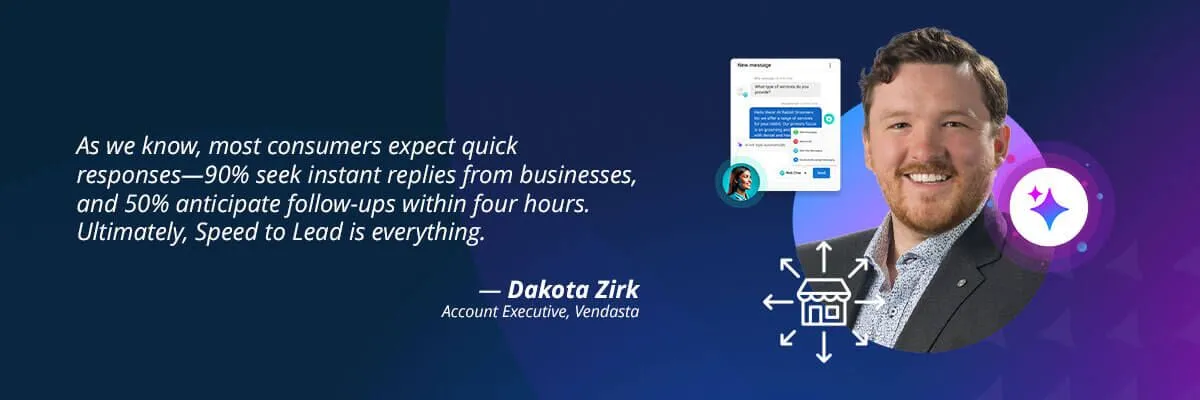
In a digital-first world where buyers expect personalization and speed, sales enablement tools are no longer optional—they’re a competitive necessity.
Who Is Responsible for Sales Enablement?
Sales enablement is most effective when it’s a shared responsibility between sales and marketing. These two teams must work together to ensure that sales reps have the right content, training, and tools to succeed at every stage of the customer journey.
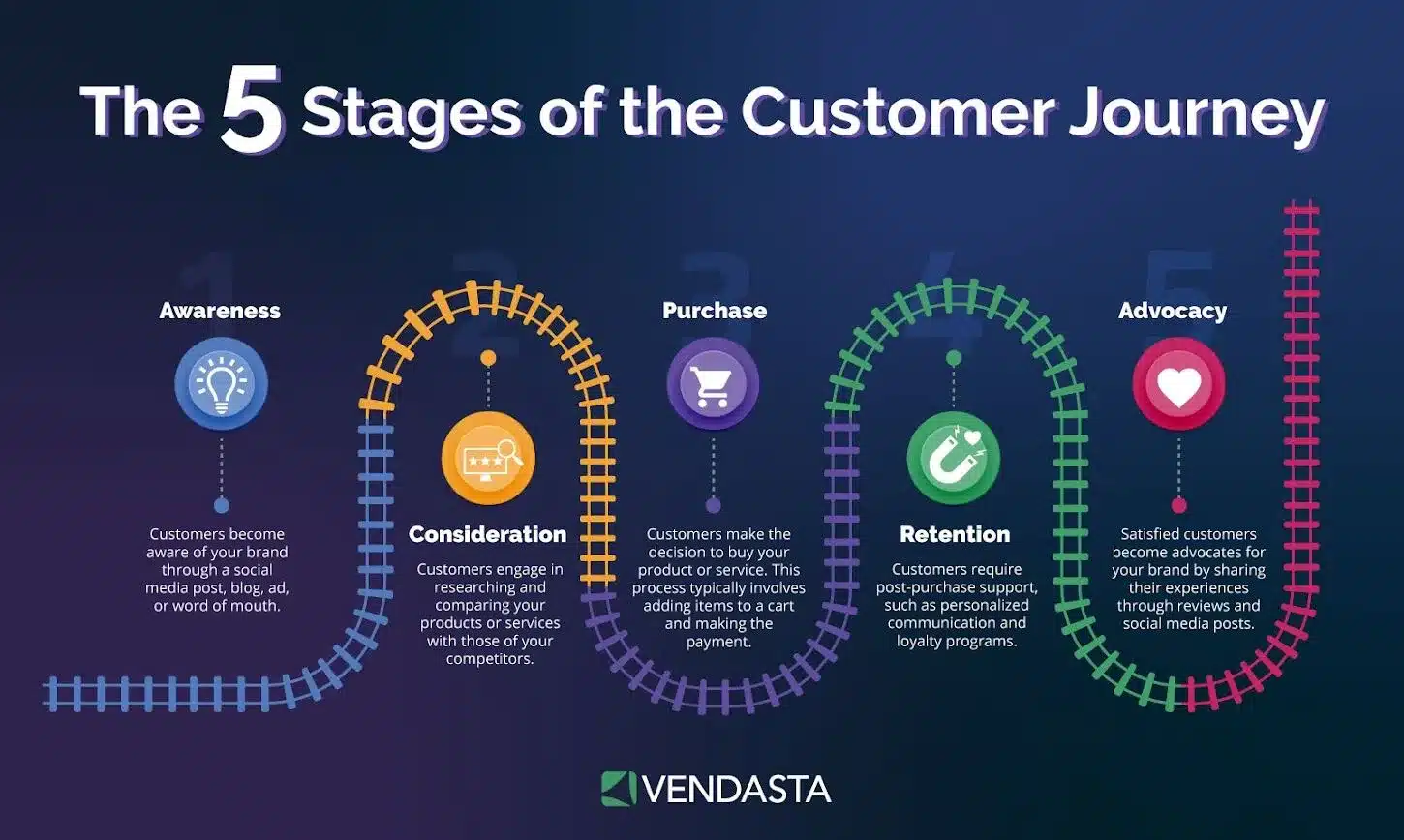
Ownership can vary depending on a company’s size and structure. In smaller organizations, a single leader may wear multiple hats, while in larger enterprises, dedicated enablement roles are more common.
Typical stakeholders include:
- Vice President of Sales
- Vice President of Marketing
- Sales Enablement Managers
- Marketing Managers
- Product Managers
- Project Managers
Ultimately, sales enablement works best as a cross-functional initiative. Marketing provides the messaging, content, and insights, while sales delivers feedback from the field and executes the strategy. Together, they align on shared SMART goals and use the right technology stack to drive results.
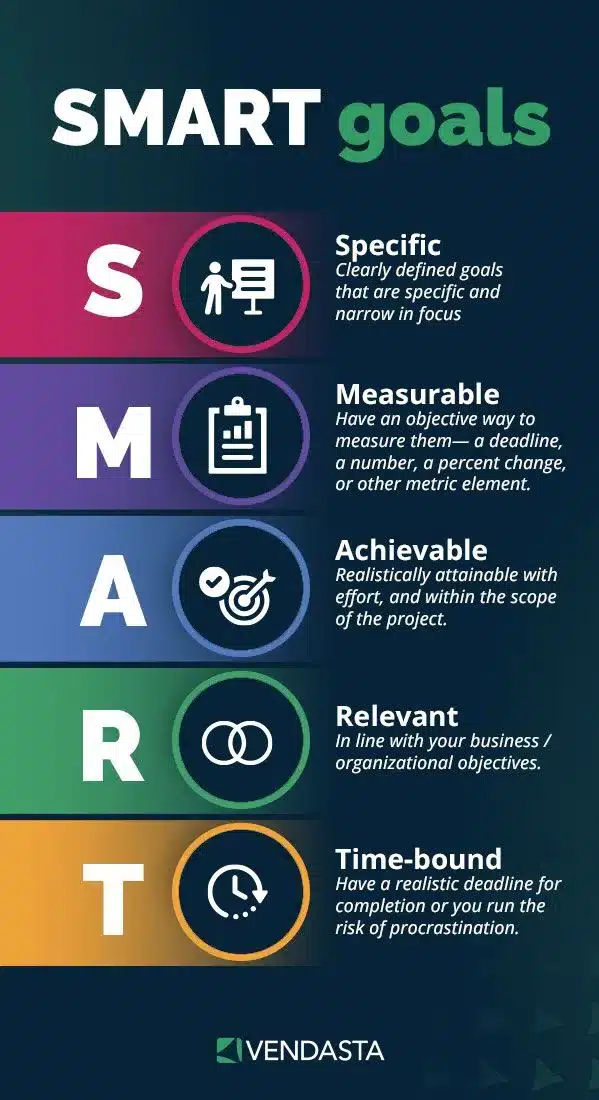
Modern sales enablement represents the long-needed collaboration between sales and marketing. A successful program isn’t just about tools—it’s about coordination, strategy, and ongoing optimization.
What is a Sales Enablement Manager?
A Sales Enablement Manager is the strategic lead responsible for ensuring that sales teams have the tools, content, training, and processes they need to close deals effectively.
Key Responsibilities:
- Content Management: Collaborate with marketing to ensure reps have access to the latest sales assets, case studies, email templates, and product documentation.
- Training and Onboarding: Design onboarding programs for new reps and ongoing training to keep the team updated on products, processes, and best practices.
- Sales Process Optimization: Standardize workflows, build playbooks, and implement automation tools to remove inefficiencies.
- Analytics and Reporting: Track usage of sales enablement tools, measure content performance, and assess rep readiness to continuously improve strategies.
- Tool Implementation: Evaluate and manage the sales enablement platform or CRM to ensure it meets the evolving needs of the sales team.
Benefits of Using Sales Enablement Tools
Sales enablement tools do more than streamline workflows—they transform how your sales and marketing teams operate, connect with buyers, and drive growth.
Whether you’re scaling a small team or optimizing a large sales organization, the right tool can deliver measurable impact across your entire revenue engine.
Here are the key benefits:
- Faster Onboarding and Training.
Equip new sales reps with guided learning paths, role-specific resources, and interactive content that accelerate ramp time and improve retention. - Higher Sales Productivity.
Reduce time spent searching for assets, switching between platforms, or manually following up with leads. Reps can focus more on selling and closing deals faster. - Consistent and Personalized Buyer Experiences.
Ensure prospects receive the right content at the right stage of their journey. Personalized interactions build trust and meet customer expectations.
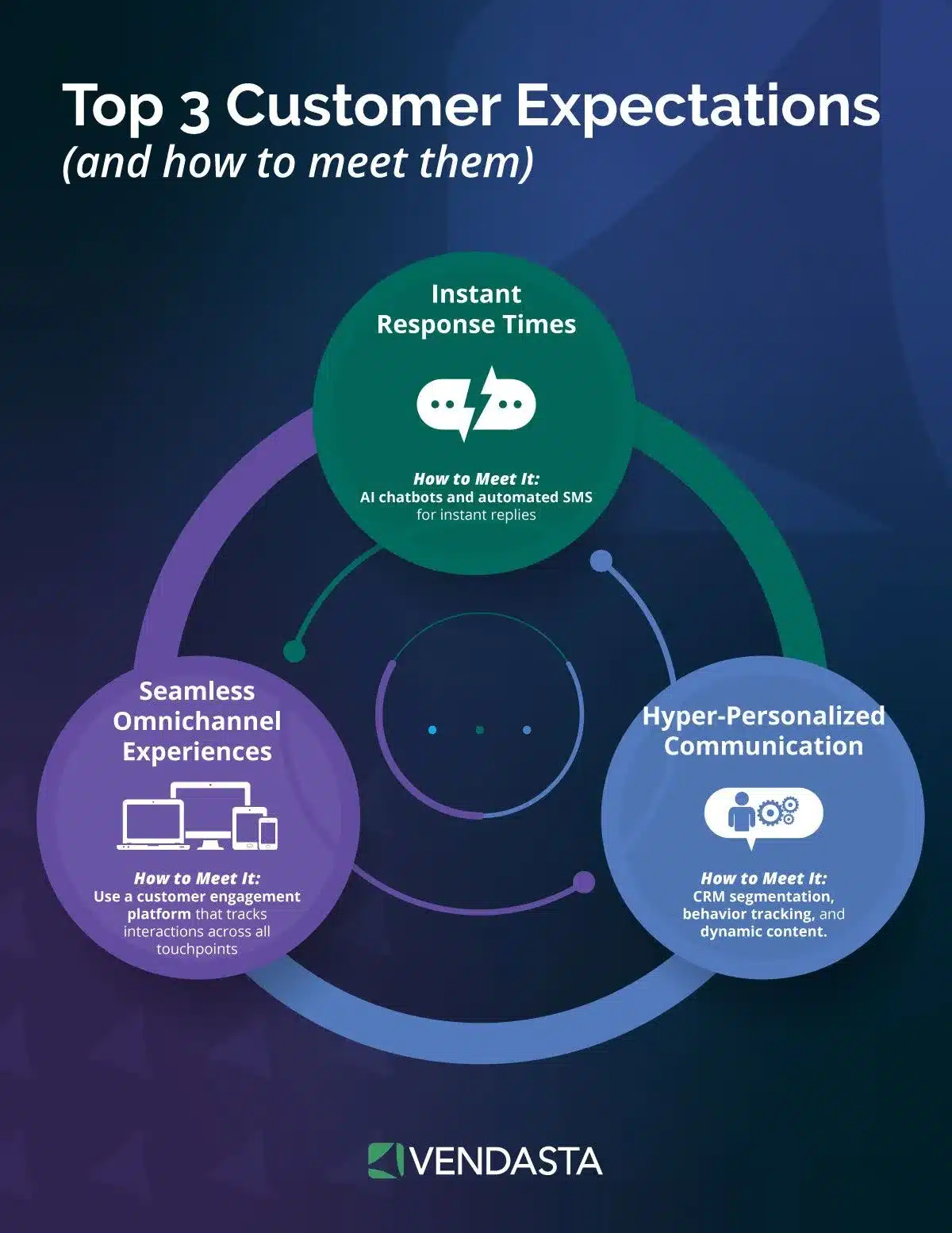
- Better Use of Content.
Track which content is used most often—and which performs best—so your marketing team can create more of what works and eliminate what doesn’t. - Improved Forecasting and Decision-Making.
Gain insights into deal velocity, rep activity, buyer engagement, and conversion patterns. Use this data to refine strategy and allocate resources more effectively. - Increased Win Rates.
Arm reps with the insights, coaching, and resources they need to close more deals. High-performing enablement programs often lead to double-digit improvements in win rates. - Scalable Sales Processes.
Build repeatable sales motions and automate critical tasks to scale without sacrificing quality or performance—especially important for growing teams or franchises. - Higher Employee Satisfaction and Retention.
When reps feel supported, informed, and equipped to succeed, they’re more likely to stay engaged and stick around longer. This is especially true as teams navigate the balance between AI vs human—having the right tools and training helps employees feel empowered, not replaced. - Stronger Sales and Marketing Alignment.
Sales enablement tools help eliminate one of the biggest blockers to alignment—data silos. Marketing teams can see which assets are being used and how they’re performing, while sales teams gain access to relevant, timely content without having to hunt it down or recreate it.

Sales enablement tools aren’t just nice to have—they’re a critical component of a high-performing, modern sales organization. Investing in the right platform can be a game-changer for your team’s productivity, alignment, and bottom line.
Key Features to Look for in Sales Enablement Tools
With dozens of AI marketing tools on the market, choosing the right sales enablement tool can feel overwhelming. To make the best decision for your business, focus on solutions that deliver features designed to empower reps, align teams, and streamline your sales process.
Here are the most important capabilities to look for:
- Centralized Content Management.
Your reps should be able to access, organize, and share sales collateral from a single platform. Look for tools that allow marketing teams to upload, categorize, tag, and track assets, ensuring reps always use the most up-to-date content. - In-Context Content Recommendations.
The best tools surface relevant content automatically based on deal stage, industry, or buyer persona. This eliminates guesswork and makes personalization easy for reps.
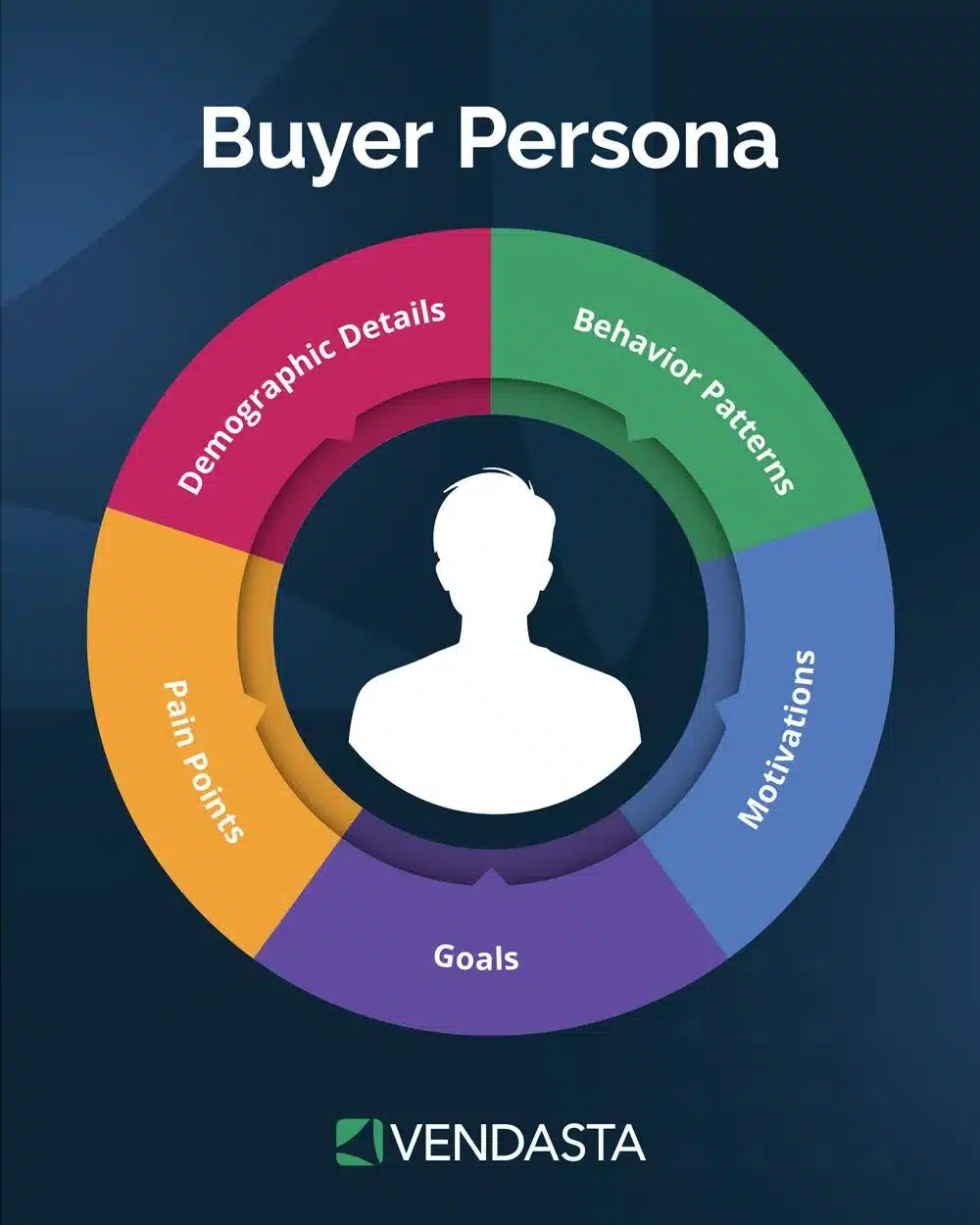
- Sales Training and Onboarding Modules.
Look for platforms that offer built-in or integrated learning systems. These allow you to deliver onboarding tracks, certifications, product knowledge updates, and skills-based training, keeping your team sharp and up to speed. - Performance Analytics and Engagement Insights.
Visibility is key. Top tools provide dashboards that show content performance, rep engagement, buyer interactions, and win/loss trends—so you can double down on what works and optimize what doesn’t.
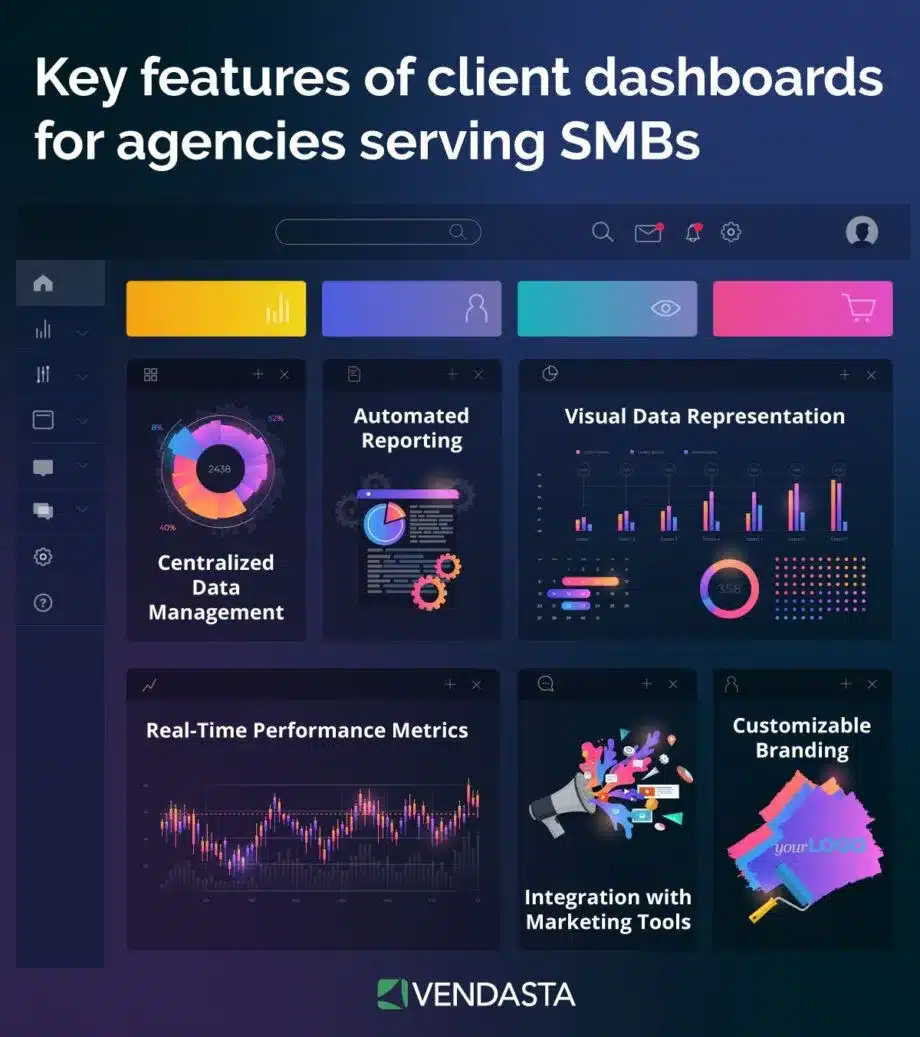
- Playbooks and Guided Selling.
Give reps structured workflows, templates, and checklists that guide them through sales motions and ensure consistency. Guided selling helps newer reps ramp faster and keeps experienced ones aligned with your strategy. - Conversation Intelligence.
This feature uses AI to analyze sales calls, emails, and demos, surfacing buyer sentiment, competitive mentions, and rep performance trends. It’s invaluable for coaching and scaling sales excellence. - Collaboration Tools.
Your platform should support feedback loops between sales and marketing—such as commenting on assets, sharing notes, or suggesting content updates. This strengthens team alignment and improves content effectiveness over time. - Mobile and Offline Access.
Sales don’t just happen at a desk. Look for tools that work seamlessly on mobile devices and allow offline access so your reps can present, share, or review materials on the go. - Scalability and Integration.
As your team or client base grows, your tools should scale with you. They should also integrate with your CRM, marketing automation, and productivity tools to avoid data silos and tech bloat. - AI-Powered Personalization and Automation. Modern sales enablement tools increasingly use artificial intelligence to improve rep efficiency and buyer engagement. Look for platforms that leverage AI to perform lead scoring, recommend next-best actions, personalize content at scale, analyze buyer behavior, and automate repetitive tasks like follow-ups or meeting scheduling.
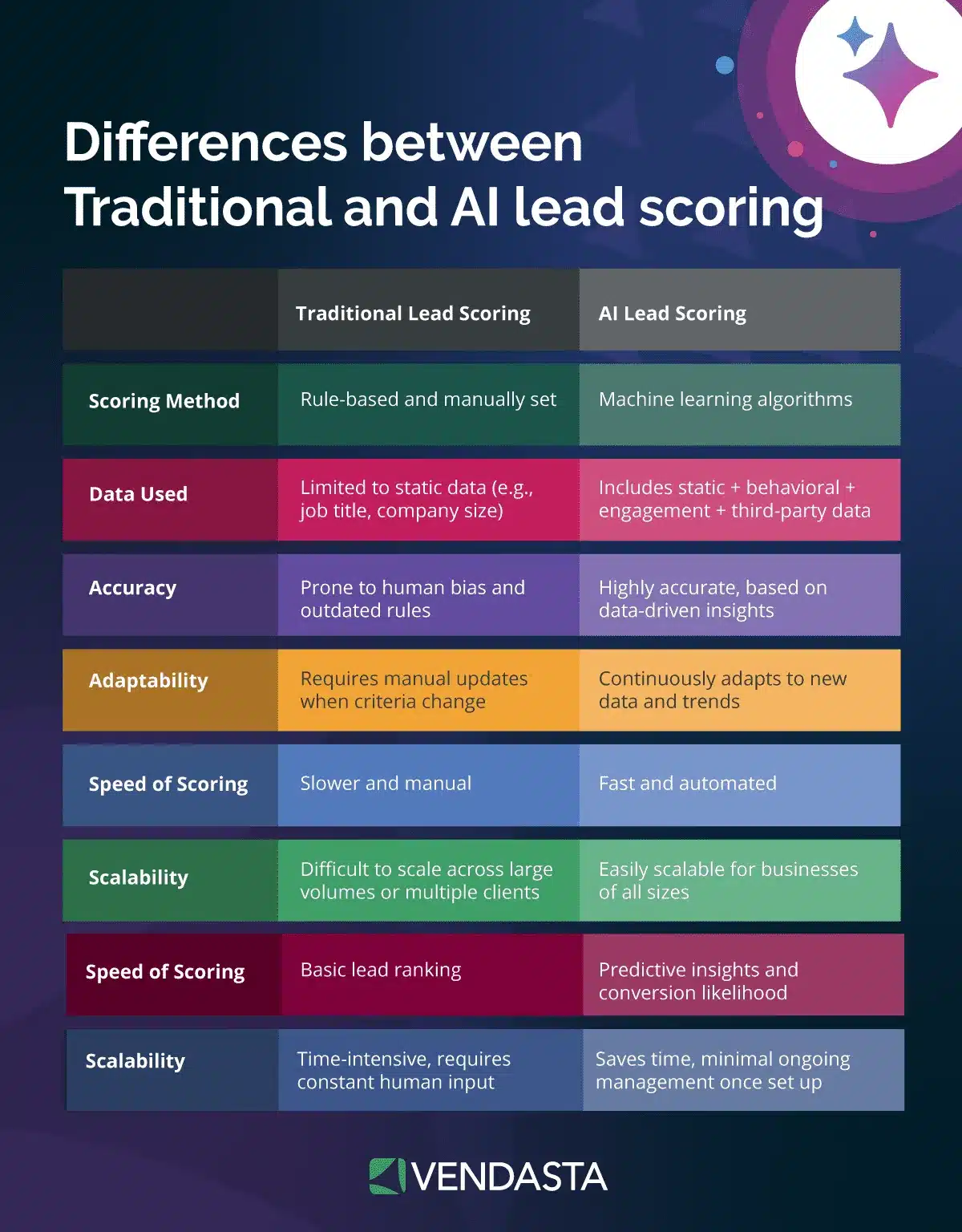
Pro Tip: When evaluating tools, involve both sales and marketing stakeholders in the process. The best sales enablement platforms are the ones that both teams adopt enthusiastically, because they deliver clear value from day one.
Three Tips on Developing a Sales Enablement Strategy
Every sales enablement strategy should be customized to your team’s structure, goals, and existing tech stack. Whether you’re starting from scratch or refining a mature process, aligning the right people, tools, and tactics is essential.
Here are three key steps to building a smart, scalable sales enablement strategy:
1. Designate a Leader or Team
Sales enablement doesn’t happen in isolation. Start by identifying a person or team responsible for overseeing your enablement efforts. This leader should ideally sit at the intersection of sales and marketing, with experience in both strategy and execution.
If hiring a dedicated sales enablement professional isn’t feasible, consider assigning the role to a marketing manager, product lead, or a sales operations specialist. What matters most is that this person is empowered to collaborate across departments and drive alignment around content, process, and technology.
2. Invest in the Right Sales Enablement Technology
There’s a clear difference between general sales tools and true sales enablement platforms. A complete enablement solution should connect your sales content, training, and analytics into a single workflow.
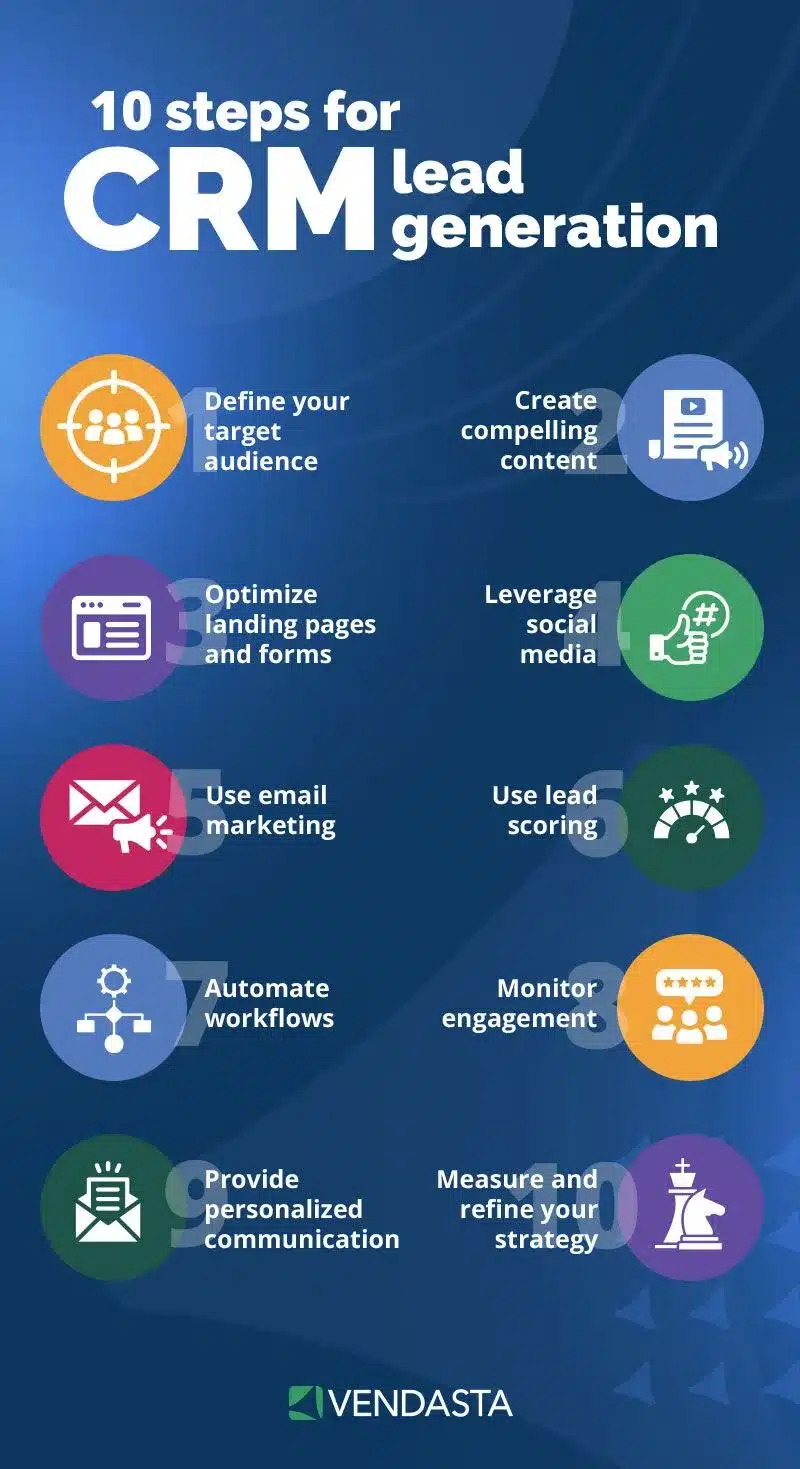
When your CRM is tightly integrated with marketing automation and enablement tools, your sales team can:
- Access qualified leads in real time.
- Personalize content based on buyer behavior.
- Automate outreach, follow-ups, and lead scoring.
- Eliminate silos between sales and marketing.
3. Be Mindful of Analytics and Reporting
Your sales enablement strategy is only as strong as the data that supports it. Make sure the tools you choose offer robust AI reporting features that help you measure KPIs that matter—content performance, lead engagement, pipeline movement, rep activity, and more.
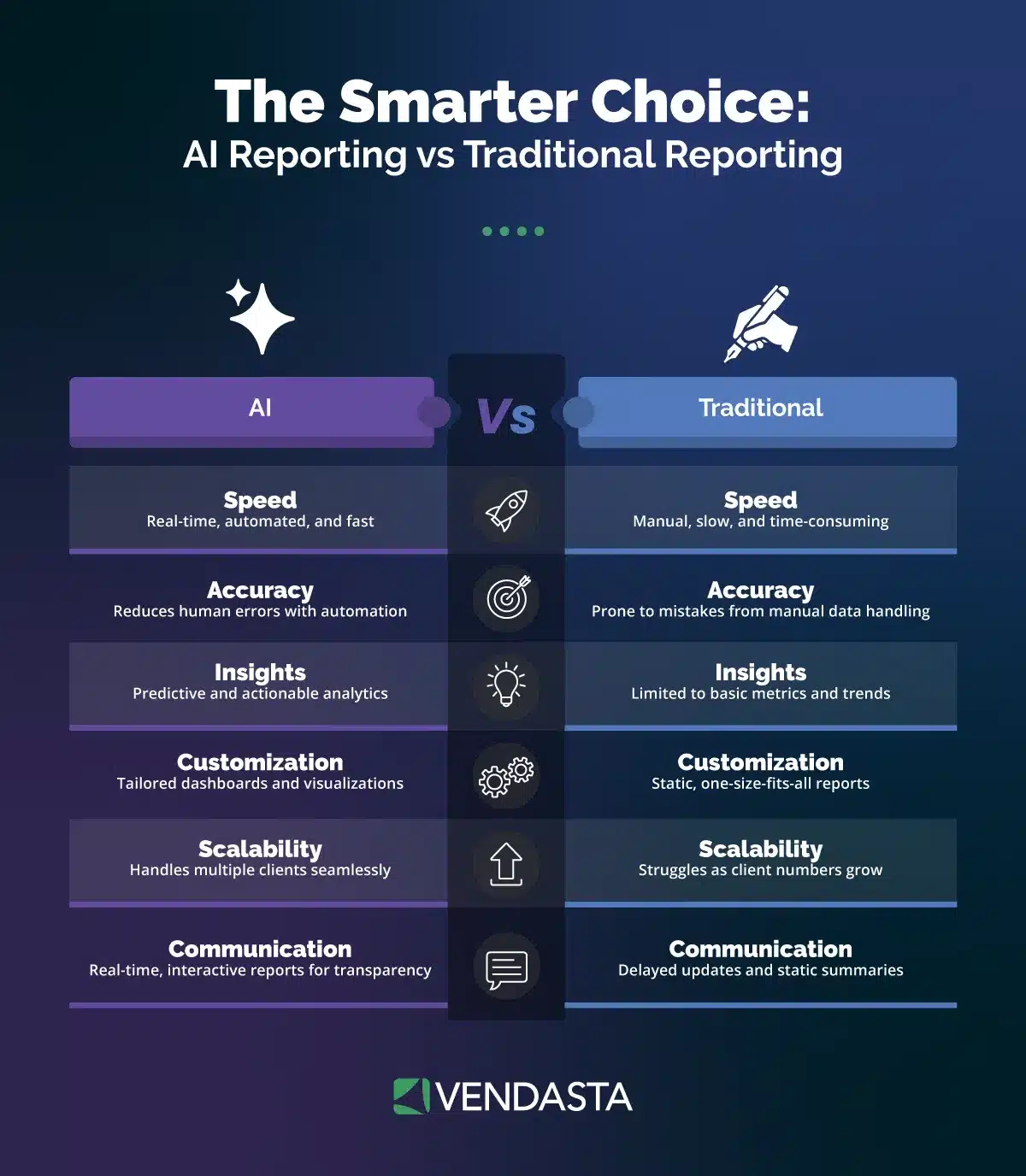
Look for platforms that integrate seamlessly with your CRM so that marketing attribution, lead quality, and sales productivity are transparent and easy to optimize.
Top Sales Enablement Tools in 2025
Choosing the right sales enablement tool is key to equipping your team with the content, data, and training they need to close more deals.
The best tools do more than just streamline sales—they align your marketing, improve rep performance, and help orchestrate buyer journey automation.
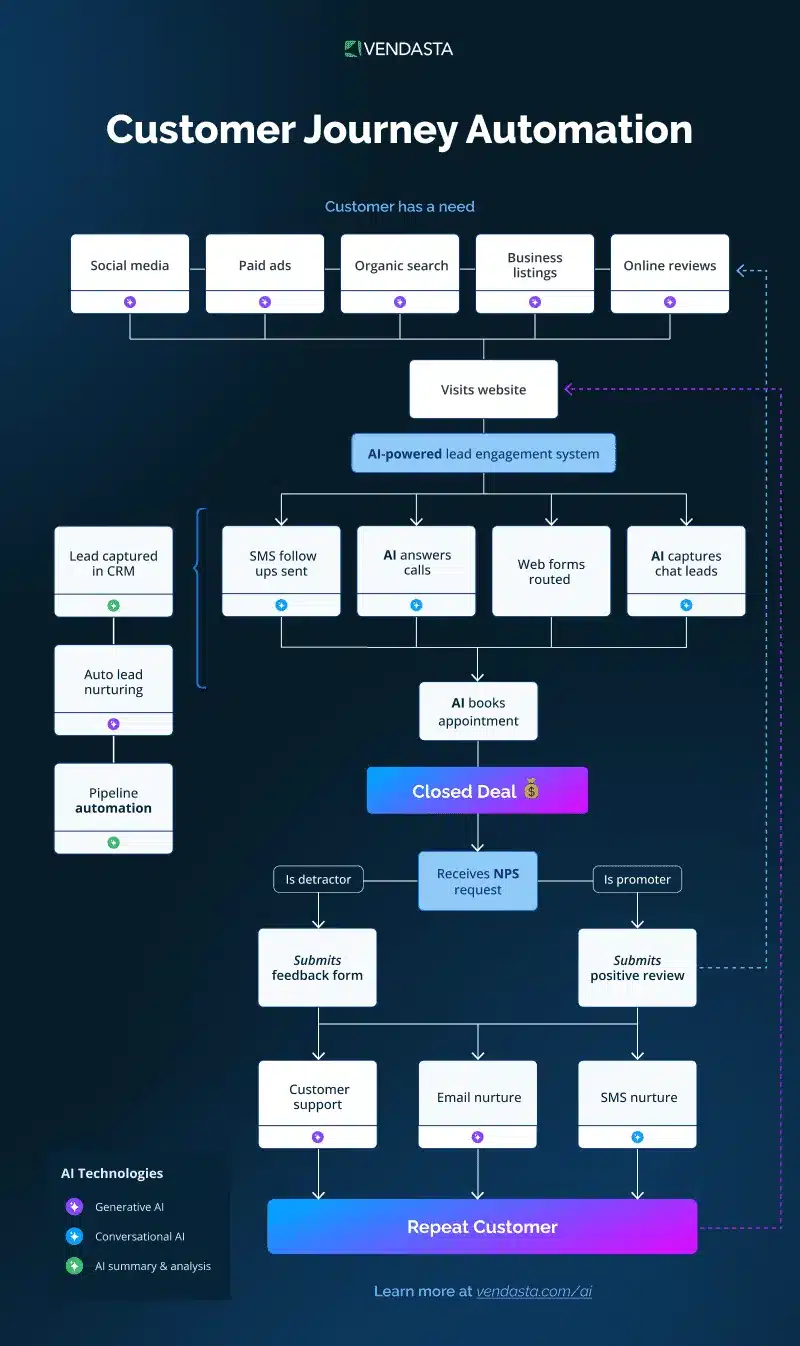
Below, we’ve highlighted some of the top sales enablement tools in 2025 that stand out for their features, usability, and impact on growing teams.
1. Vendasta CRM
Vendasta CRM is more than a customer relationship manager—it’s a purpose-built customer engagement platform that helps sales teams generate, qualify, and nurture leads through automation, pre-loaded marketing collateral, and seamless integration with the Vendasta ecosystem.
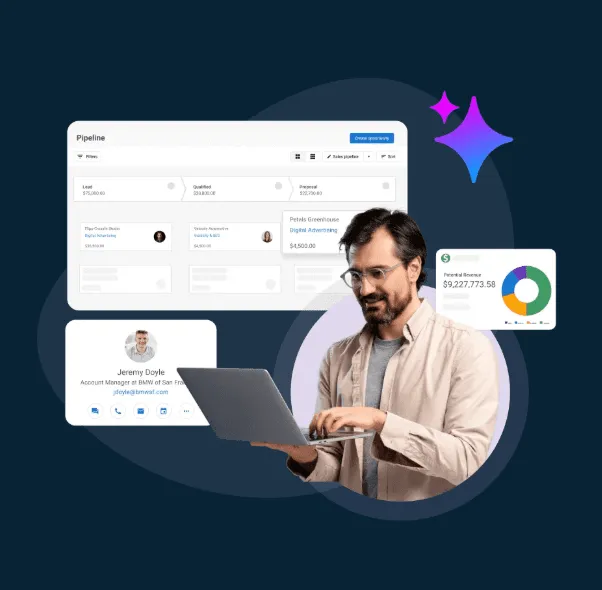
It empowers both internal sales reps and partner teams with smart prospecting tools, real-time activity tracking, and a unified dashboard for sales and fulfillment.
Key Features:
- AI-powered prospecting and pipeline management
- Built-in email and marketing automation
- Sales playbooks and lead intelligence
- White-labeled capabilities for resellers and channel partners
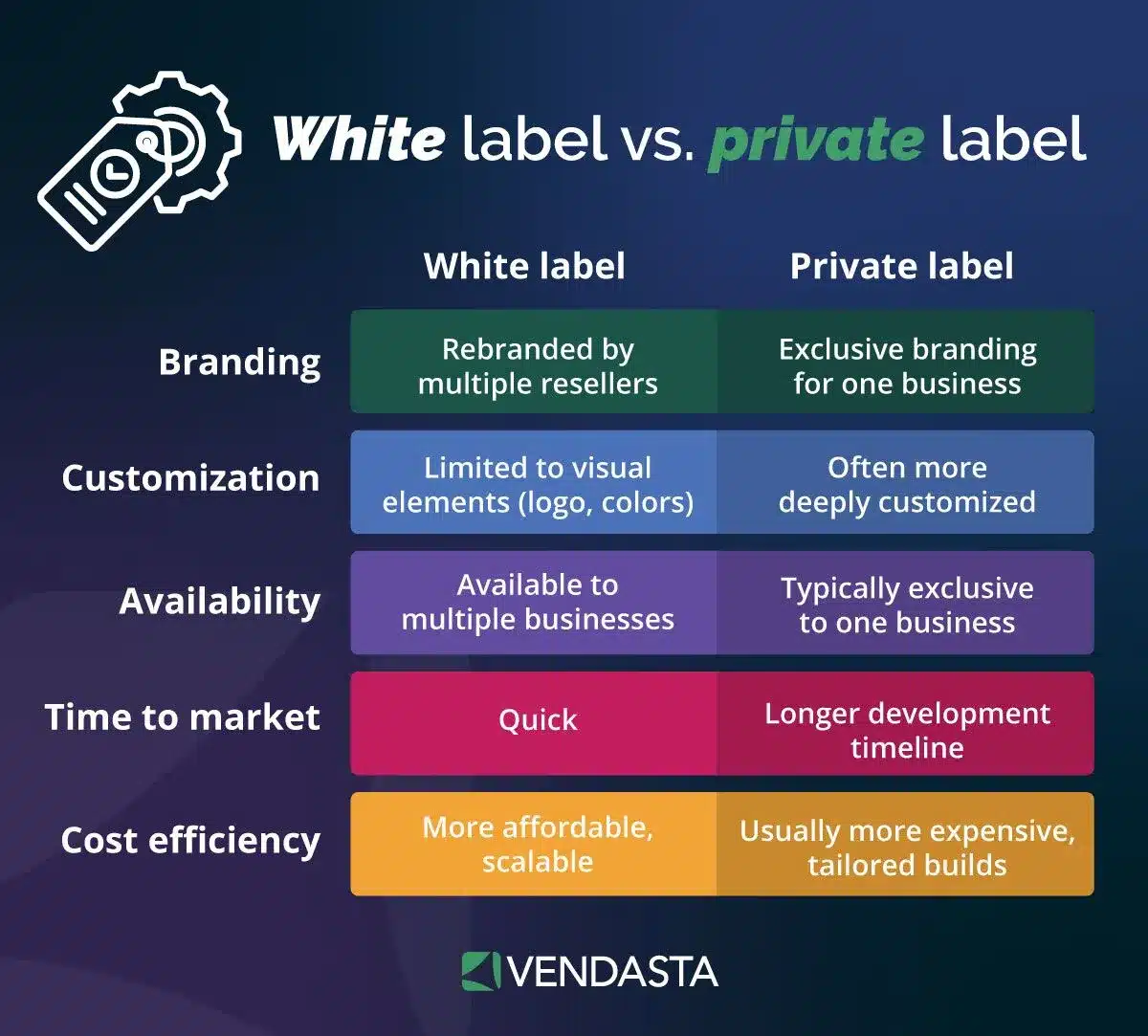
2. Yesware
Vendasta Yesware is a sales enablement platform built for simplicity and speed. It integrates directly with email clients to help sales professionals track engagement, automate outreach, and follow up with personalized messaging.

Key Features:
- Email and attachment tracking
- Customizable email templates
- Campaigns and automated follow-ups
- Real-time performance analytics
Pro Tip: With Vendasta’s all-in-one platform, you don’t have to choose—Yesware is included. That means powerful CRM, sales automation, and email tracking all in one place. It’s the ultimate sales enablement combo.
3. Highspot
Highspot is one of the most recognized sales enablement platforms in the market. It offers powerful tools for content management, buyer engagement tracking, and rep training—all within a polished and intuitive interface.

Key Features:
- Smart content recommendations
- AI-powered search and tagging
- Advanced analytics and sales playbooks
- Integrated training and coaching tools
4. Meltwater
While Meltwater is widely known as a media intelligence platform, its capabilities extend into sales enablement, particularly for teams looking to leverage brand insights, news alerts, and influencer outreach to engage leads strategically.
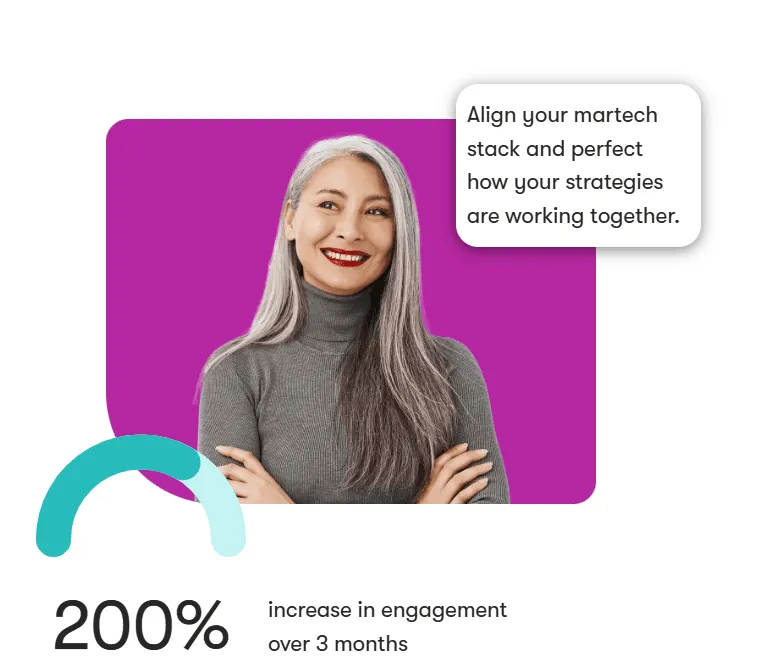
Key Features:
- Real-time media monitoring
- Influencer identification
- Social media engagement tracking
- Integration with CRMs and outreach tools
5. Guru
Guru acts as a real-time knowledge base, surfacing accurate answers and relevant resources inside the tools your team already uses. It helps reduce ramp time, eliminates repetitive questions, and ensures messaging consistency.
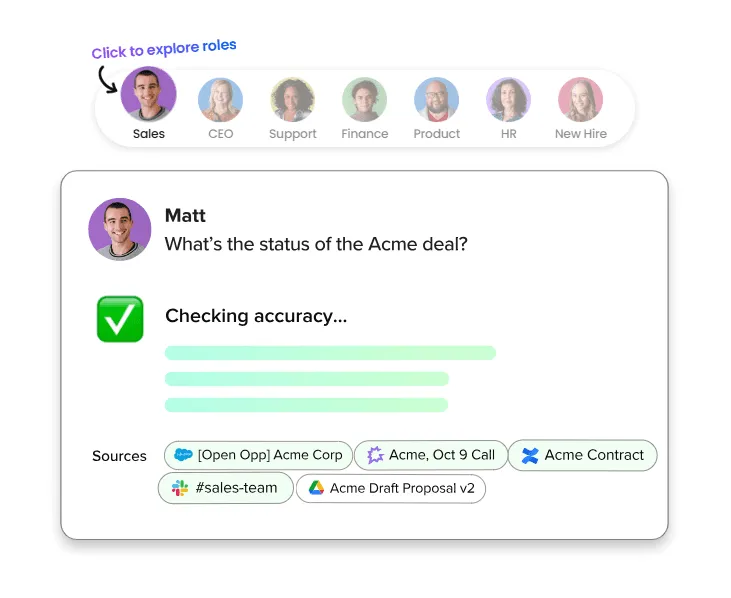
Key Features:
- AI-powered knowledge suggestions
- Browser extension for in-app answers
- Slack and CRM integrations
- Knowledge verification workflows
6. Mindtickle
Mindtickle is a sales enablement platform that focuses heavily on rep training, skill development, and coaching. It’s ideal for large teams that prioritize structured onboarding and data-driven rep development.

Key Features:
- Interactive onboarding programs
- Role-play and coaching tools
- Readiness assessments and certifications
- Analytics for engagement and effectiveness
How to Choose the Right Sales Enablement Tool
With so many options available, finding the right sales enablement tool can feel overwhelming. The best tool for your business will depend on your team size, sales process, industry, and the level of integration you need across marketing, sales, and customer success.
To simplify your decision-making, follow these key steps:
1. Evaluate Your Sales Process and Goals
Start by identifying the challenges your sales team faces today. Are reps spending too much time looking for content? Is onboarding too slow? Are leads slipping through the cracks due to manual follow-ups?
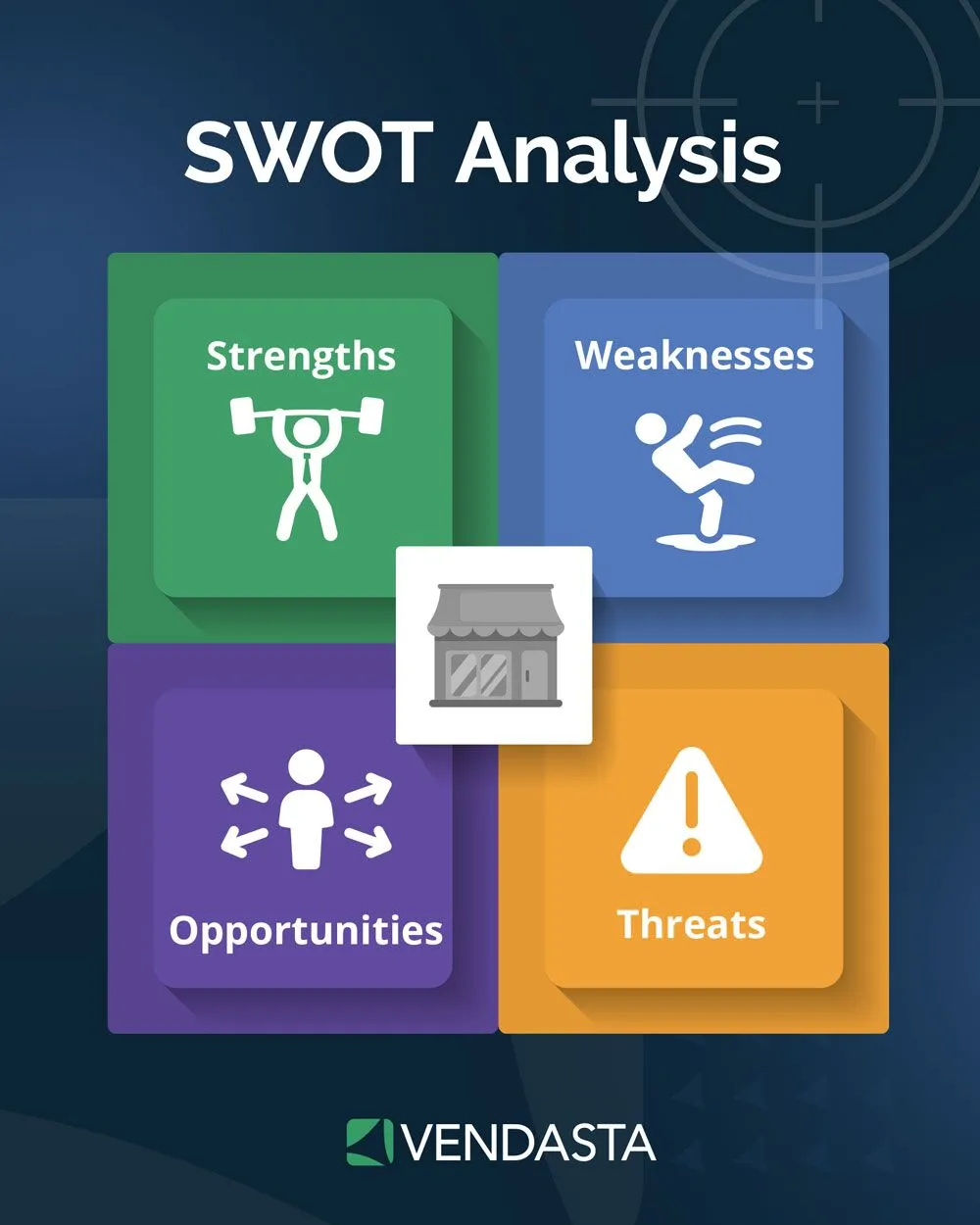
Clarify your objectives:
- Do you need faster onboarding?
- Is content delivery your biggest bottleneck?
- Are you looking to unify sales and marketing under one platform?
A clear understanding of your goals will help you choose a tool with the right feature set, not just the flashiest features.
2. Involve Both Sales and Marketing Teams
Sales enablement only works when it’s a team effort. Involve both sales and marketing stakeholders in the evaluation process to ensure the tool supports:
- Content collaboration and distribution.
- Consistent messaging.
- Feedback loops on what’s working in the field.
Your ideal solution should empower marketers to manage assets while enabling reps to easily access and personalize them during active deals.
3. Prioritize Integration with Your Existing Tech Stack
Your sales enablement tool should integrate seamlessly with your existing systems, especially your CRM, marketing automation platform, and communication tools. A lack of integration creates data silos, manual workarounds, and ultimately, inefficiency.
Look for platforms that:
- Sync bi-directionally with your CRM.
- Offer APIs or out-of-the-box integrations.
- Support workflows that match your current sales motions.
4. Consider Scalability and Ease of Use
A powerful platform is only valuable if your team actually uses it. Choose a solution with an intuitive interface, quick onboarding, and the ability to scale as your sales team grows. User adoption is key to maximizing ROI.
Questions to ask:
- Can new reps start using it with minimal training?
- Does it support remote or hybrid sales teams?
- Will it grow with your organization?
5. Analyze Reporting and Performance Insights
The best sales enablement tools provide built-in analytics that help you understand what content drives engagement, which reps are top performers, and where deals stall.
Look for:
- Content usage tracking.
- Buyer engagement metrics.
- Coaching and readiness reports.
- Real-time dashboards for visibility.
6. Test for Support and Customer Success
Even the best tools need great support behind them. Ensure the vendor provides onboarding assistance, training resources, and a responsive support team. Bonus points if they offer dedicated customer success reps or community forums.
Pro Tip: Consider starting with a pilot or demo period involving a small group of users. Gather feedback early and use it to make a confident, informed decision.
Choosing the right sales enablement tool is a strategic investment that pays off in productivity, alignment, and revenue growth. Take the time to evaluate your needs and match them to a platform that can deliver long-term success.
Conclusion: Empower Your Sales Team with the Right Tools
In today’s competitive landscape, having the right sales enablement tools is essential. From streamlining content access and automating workflows to improving onboarding, the right platform can transform your sales performance and align your teams within your organization.
Whether you’re scaling a local sales team, supporting a network of partners, or running a digital agency, sales enablement tools help you sell smarter, faster, and more effectively.
Ready to see how Vendasta’s all-in-one platform can enable your team to close more deals and grow your business? Book a free demo today and discover what smarter selling looks like.
Sales Enablement Tool FAQs
1. What are sales enablement tools?
Sales enablement tools are platforms or software that help sales teams improve performance by giving them access to the right content, training, insights, and workflows. These tools are designed to align sales and marketing, increase productivity, and improve buyer engagement.
2. How do sales enablement tools differ from a CRM?
While a CRM tracks customer interactions and manages contact data, sales enablement tools go further by helping reps with onboarding, content access, analytics, and engagement strategies. Many businesses benefit from using a CRM alongside additional sales enablement tools.
3. Who uses sales enablement tools?
Sales enablement tools are used by sales reps, managers, marketers, and sometimes customer success teams. Businesses of all sizes—especially those with complex sales cycles or partner networks—use these tools to drive alignment and boost efficiency.
4. What are the core features to look for in sales enablement software?
Look for features like content management, AI-powered recommendations, onboarding and training modules, analytics and reporting, CRM integration, and collaboration tools. Ease of use and scalability are also important.
5. Can small businesses benefit from sales enablement tools?
Absolutely. Many sales enablement platforms are scalable and offer features that help small teams punch above their weight. Tools like Vendasta CRM are built specifically to support small businesses and partners like agencies and MSPs.
6. How do I know which sales enablement tool is right for me?
Start by evaluating your sales process, challenges, and growth goals. Involve both sales and marketing in the decision-making process, prioritize integration with your existing CRM, and look for platforms that are easy to adopt and scale with your team.
7. Is Vendasta a sales enablement tool?
Yes. Vendasta offers a powerful, all-in-one platform with built-in CRM, marketing automation, sales enablement, and fulfillment tools. It’s purpose-built for agencies, channel partners, and businesses that serve SMBs.
This article was originally published in March 2020 and was updated in June 2025 to include the latest information and insights.


